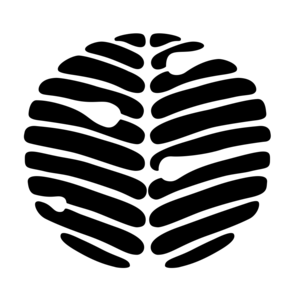Wild Rubber is a collaborative project, seeking to build the number of items on the market using wild rubber. We are therefore inviting expressions of interest from designers and manufacturers who might want to develop products using wild rubber. Please contact us if you are interested in joining us.
These are some of the ways wild rubber can be developed:
Liquid latex is used to produce high quality rubber products such as condoms, balloons and surgical gloves or to coat textiles creating ‘vegetable leather’. Acre state is home to the world’s only wild rubber condom factory, using liquid latex collected by 420 tappers. The factory is owned and operated by the government to supply the Ministry of Health with condoms to be distributed free of charge as part of its HIV control program, but has potential to supply new customers.
image by shutchison@wwf-uk
Uses: dipped rubber products such as condoms, surgical gloves, balloons
Field coagulated latex (in Portuguese: Cernambi Virgem Prensado CVP) is coagulated to produce dark, strong smelling blocks that can contain dirt and impurities. These blocks supply rubber processing plants/granulating plants which clean and purify the rubber.
Uses: can only be used in manufacture once they have been granulated, but can be used in a wide range of rubber products; tyres; conveyor belts, rubber flooring, hoses, wellington boots etc.
Smoked liquid sheet (In Portuguese: Folha Defumada Líquida FDL) is a unique, high quality rubber, produced in the forest at a household level. The latex is coagulated by the rubber tapper into thin, stable sheets with high elasticity, a light colouration and reduced odour. This technology was developed by the Laboratory of Chemical Technology (LATEQ) at the University of Brasilia. The FDL sheets are stored in blocks by the producer associations, and are then sold either directly to the manufacturer or to a cooperative that acts as an intermediary.
Uses: can be used directly in manufacturing, for example in the soles of the Veja shoes (link)
Semi-artifact sheet (In Portuguese: Folha Semi-Artefato FSA) is similar to FDL in that the tappers coagulate the latex into high quality, thin sheets with the addition of dyes to colour the rubber and a vulcanising agent. This type of rubber is used for making handicrafts in the rainforest. While the sheets are damp, the rubber can be moulded and bonded together to make artefacts such as shoes accessories and decorative objects. Once dry, the sheets can be cut into flat shapes, and used like an elastic textile or leather, to manufacture numerous design products.
Uses: A variety of handicrafts, such as shoes, jewellery [Link], bags, accessories, decorative and utilitarian applications are among the potential uses of FSA.
Wild Rubber currently sources these different types of rubber from Acre, Brazil.
Acre lies deep in the Amazon rainforest. It’s bigger than England and Wales put together (around 164,000 km²) and is incredibly rich in biodiversity - home to jaguars, pink river dolphins, scarlet macaws, howler monkeys, giant otters and river alligators. At the same time it is home to some of the most marginalised people in Brazil. Over 40% of the Acre population lives in poverty, while around 15% cannot read or write.
Acre is one of the most progressive states in the Amazon region. Half of its forests are now protected by law. And the state government is committed to economic development that promotes forest protection while improving wellbeing for the poorest in their society. Acre is also the Sky Rainforest Rescue project area where Sky and WWF have been working together since 2009 to help keep one billion trees standing.




